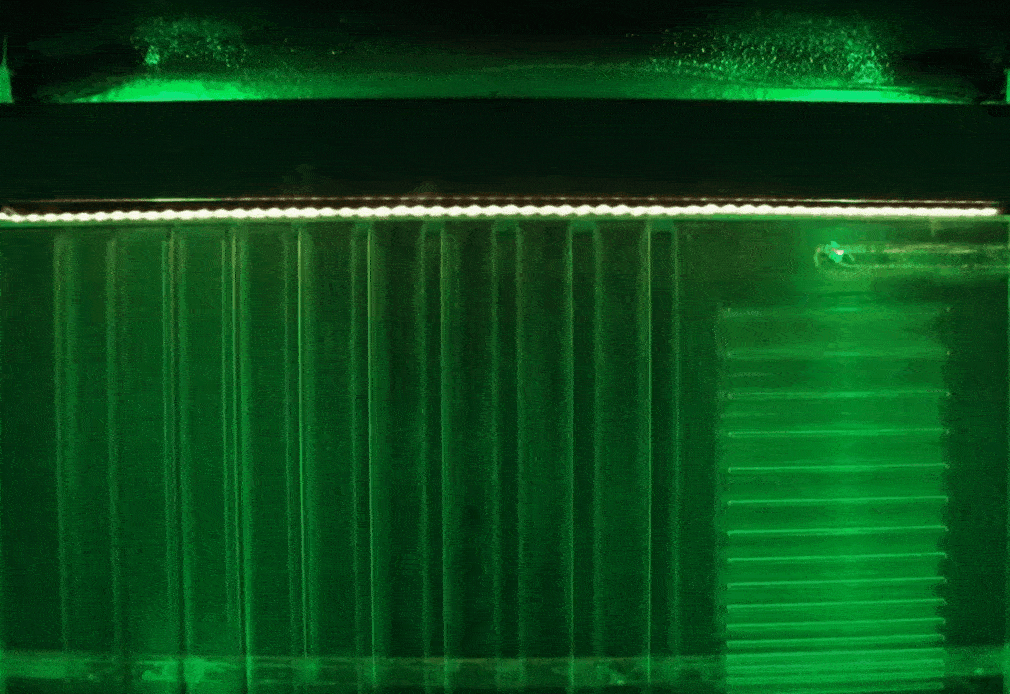No fire in the sky: preventing an astronaut’s worst nightmare
“A risky and dangerous situation,” recalls ESA astronaut Reinhold Ewald of the in-orbit fire he experienced aboard the Mir space station back in 1997. “The fire was so enormous and the smoke and vapour coming off this fire site was such that we couldn’t see at arm’s length – and I could not at that time have imagined that we go on with the mission.”
Against the odds, the crew put out the blaze – sparked by a malfunctioning oxygen ‘candle’ generator – to save the station. Their experience also helped guide fire safety procedures aboard Mir’s successor, the International Space Station. Now, with lunar and Martian habitats in the planning stages, researchers are investigating how best to respond to fire in reduced gravity, as well as in weightlessness.
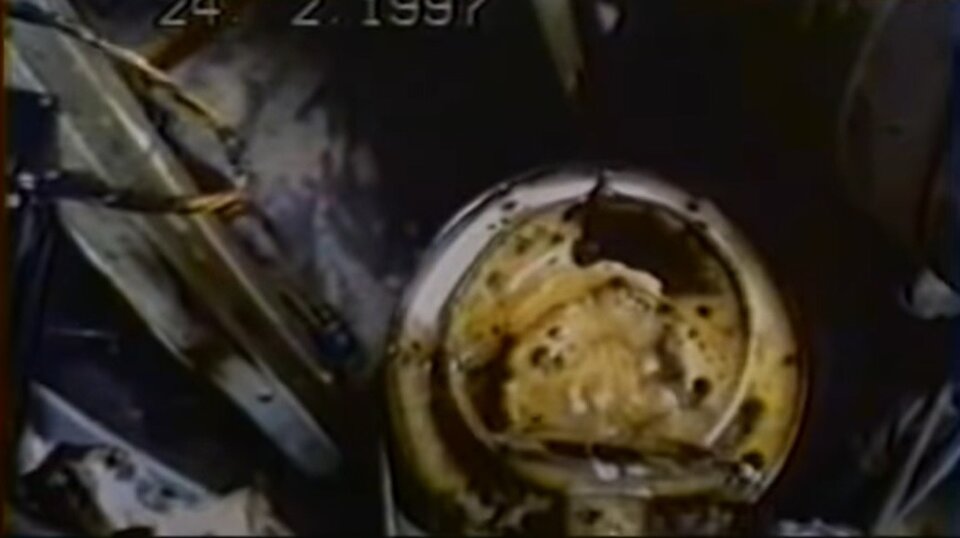
“With limited material resources and no immediate escape routes, any accidental fire must be rapidly mitigated before the mission is compromised or the lives of crew members put at risk,” explains Sebastien Vincent-Bonnieu of ESA’s SciSpacE team, part of an international group focused on reduced gravity fire risk.
Lower gravity makes finding fires harder
Down on Earth, hot air rises, so it makes obvious sense to place smoke detectors on ceilings, where combustion products and smoke will accumulate.

“But as the gravity field is reduced on Mars (0.38g) or on the Moon (0.16g), buoyancy decreases and the typical time required to detect a fire with regular equipment is consequently greater,” says Guillaume Legros of France’s Institut de Combustion, Aérothermique, Réactivité et Environnement (ICARE - CNRS).
“Worse still, in a spacecraft, there is no buoyant flow and the smoke will consequently follow the complex air motion imposed by the ventilation system, leading to a longer fire detection time by smoke detectors typically placed along the vent lines.”
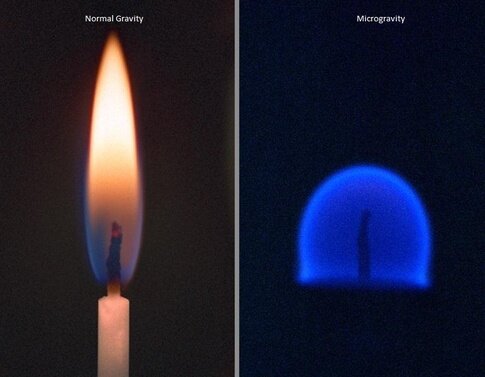
Such a fire detection system has served for two decades aboard the International Space Station. If fire takes hold, astronauts have procedures in place to fight it, starting with turning off ventilation to stop its spread, shutting down power to affected units, then deploying fire extinguishers – ultimately proceeding to flush the air from the module in question.
Although Augustin Guibaud of University College London notes that: “Options which deplete non-renewable resources like discharging fire extinguishers or dumping oxygen are not viable in the context of lunar or Martian exploration, because emergency resupply from Earth would take a prohibitively long time to arrive.”
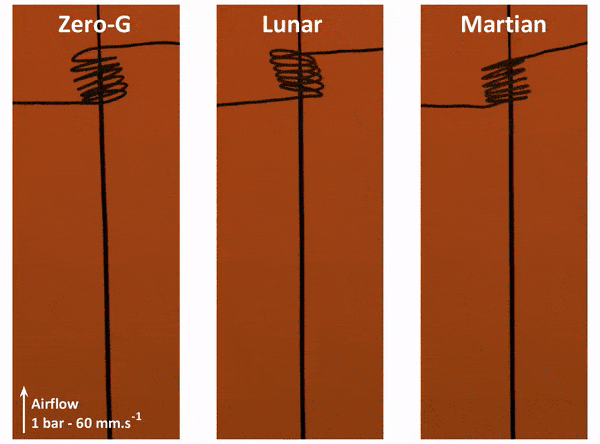
Igniting low-G fires on parabolic flights
Past experiments show that key aspects related to fire safety, such as ignition, flame spread, fire growth, burning material dripping, and smoke production processes, also evolve very differently in reduced gravity conditions. The experiments suggest material deemed to be sufficiently limited in fire development on Earth can burn more vigorously under similar conditions in reduced gravity. This is all the more problematic, as raising the alarm about a fire would likely take longer as well.

To learn more, researchers turned to research platforms such as Novespace’s 'Zero-G' A-310 Airbus flown from the Merignac Airport in Bordeaux, France. By flying steep parabolas, brief 20- to 30-second periods of weightlessness, or reduced Moon- or Mars-like gravity, can be created.
An experimental rig called DIAMONDS (Detection of Ignition And Mitigation Onboard for Non-Damaged Spacecrafts) – designed by Sorbonne University and funded by the French space agency CNES – provides unique measurements of flame spread in different atmospheres during such parabolic flights.
Jean-Marie Citerne of Sorbonne University comments: “As we are able to measure flame extinction or spread, and map in-situ properties under controlled gravity levels and ambient flow conditions, these experiments constitute a unique set of data for scientific studies driving technological uses.”
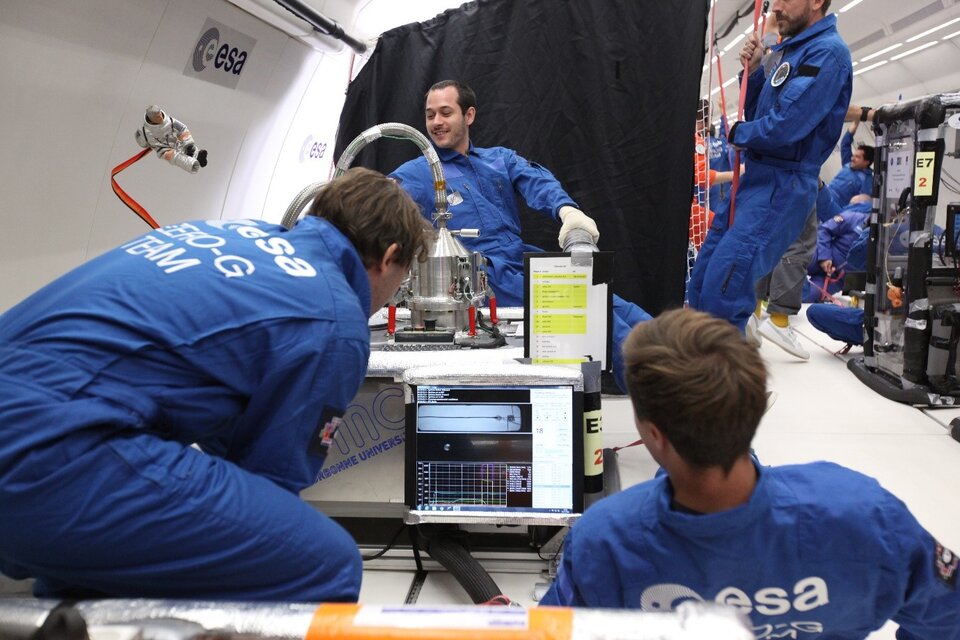
DIAMONDS allows the evaluation of differing pressure or oxygen content for maximum fire safety, along with probing the vitiated atmosphere and checking the performance of candidate fire retardants.
Shared knowledge for fire safety
Results are shared within a topical team funded by ESA, with partners from NASA, the Japanese space agency JAXA, and Russia’s Roscosmos.
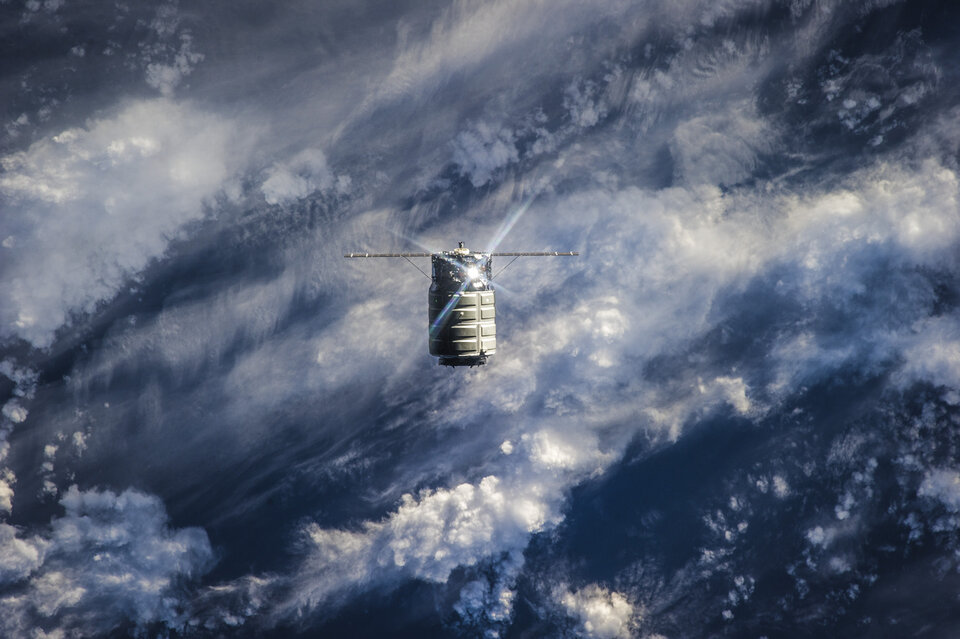
Back near the start of this year NASA’s Spacecraft Fire Safety Experiment-V (Saffire-V) successfully performed a series of large-scale orbital combustion tests aboard a Cygnus spacecraft – only triggered once the spacecraft had undocked from the International Space Station. “The Saffire-V data will allow us to model fire scenarios and increase our confidence in safety strategies,” says Gary A. Ruff, the project manager for Saffire at NASA’s Glenn Research Center.
Candidate atmospheres for future crewed missions – such as a low-pressure, high-oxygen environment which would be advantageous in terms of mass and reduced leakage – can be safely assessed in terms of fire risk.
“All findings impact future research projects, like our Japanese Flammability Limits At Reduced-g Experiment, FLARE, which will take place on the ISS during 2021," says Prof. Osamu Fujita, who is the Principal Investigator of FLARE. "The experiments will probe spreading flames in elevated oxygen content using an optical setup developed through the use of DIAMONDS.”
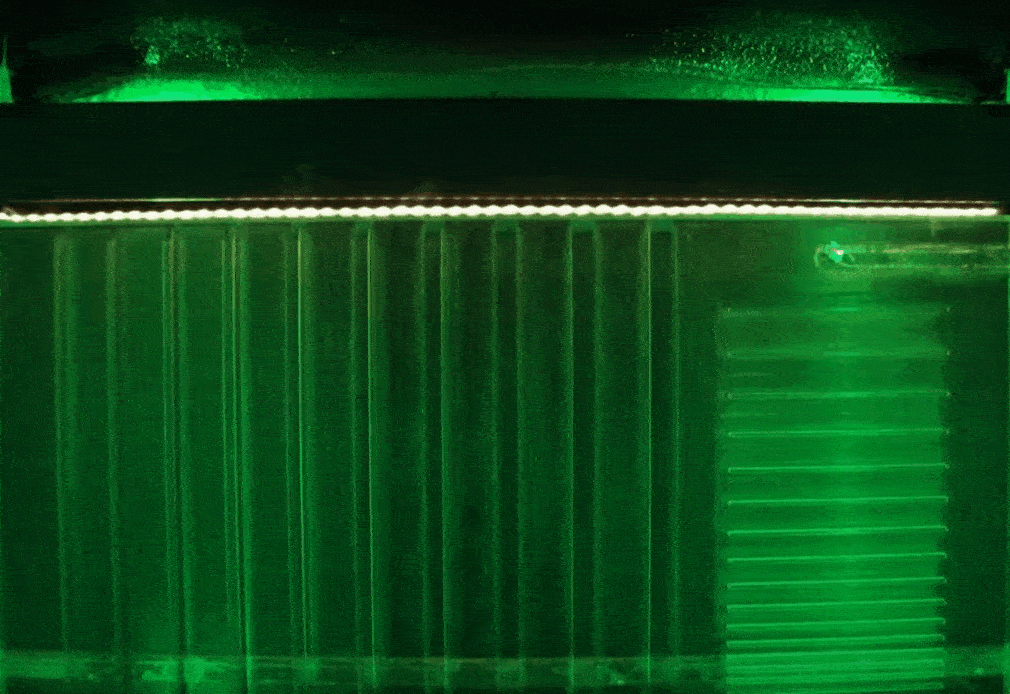
Yutao Li of Sorbonne University adds: “A future ESA partial gravity flight campaign will be the occasion to analyse, for the first time, the size of the particles emitted by spreading flames under these conditions, which is crucial to develop tailored detection systems.”
“Collaboration has really been key to the tremendous progress we have made over the last decade,” concludes Prof. Grunde Jomaas of the School of Engineering at the University of Edinburgh, who coordinates the ESA Topical Team ,focused on reduced gravity fire risk. “Sharing results from observations obtained in parabolic flights, along with drop towers and space experiments, gives early insights into fire behaviour in space, thus making progress towards a fire safe environment for human space exploration.”















 Germany
Germany
 Austria
Austria
 Belgium
Belgium
 Denmark
Denmark
 Spain
Spain
 Estonia
Estonia
 Finland
Finland
 France
France
 Greece
Greece
 Hungary
Hungary
 Ireland
Ireland
 Italy
Italy
 Luxembourg
Luxembourg
 Norway
Norway
 The Netherlands
The Netherlands
 Poland
Poland
 Portugal
Portugal
 Czechia
Czechia
 Romania
Romania
 United Kingdom
United Kingdom
 Slovenia
Slovenia
 Sweden
Sweden
 Switzerland
Switzerland

























